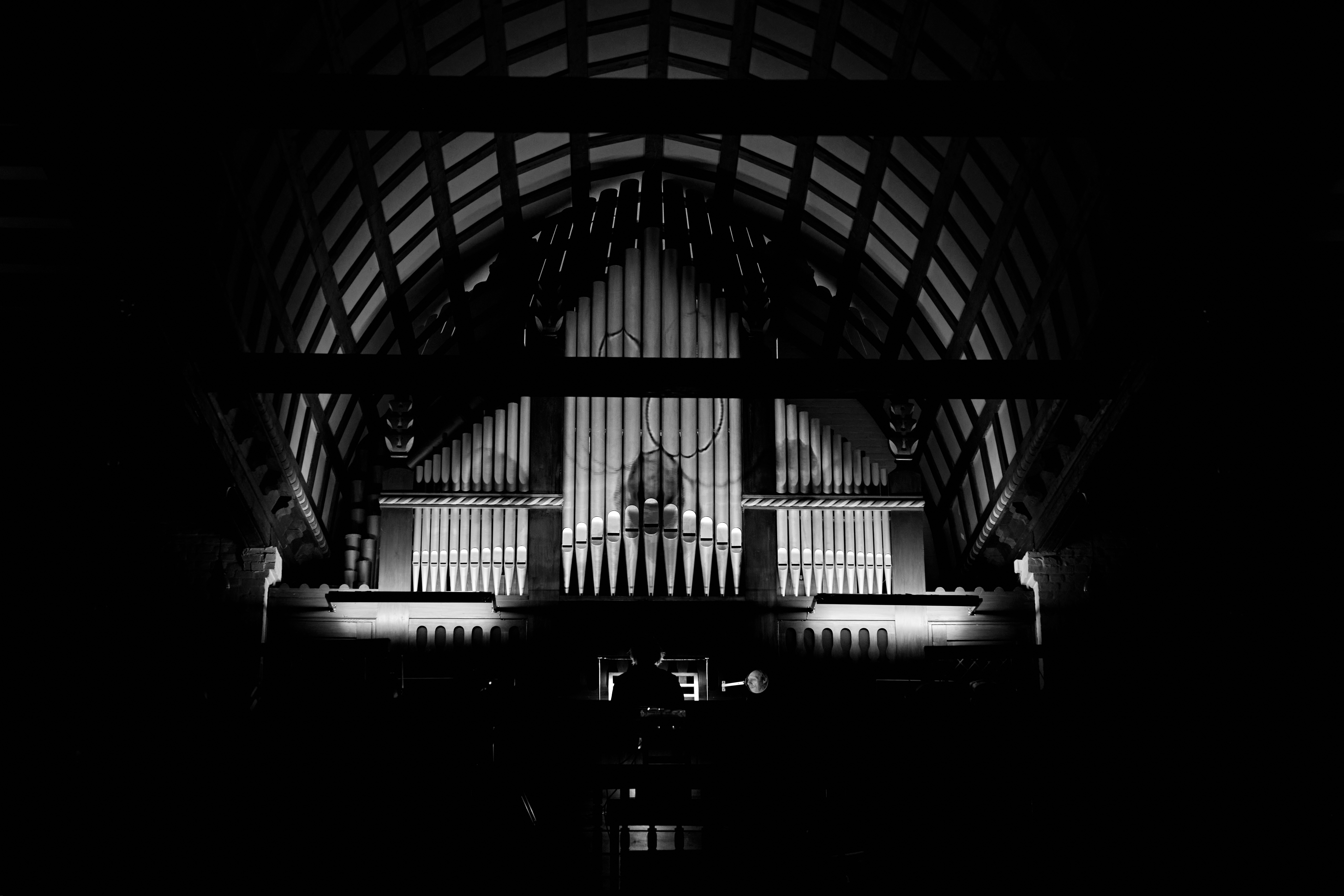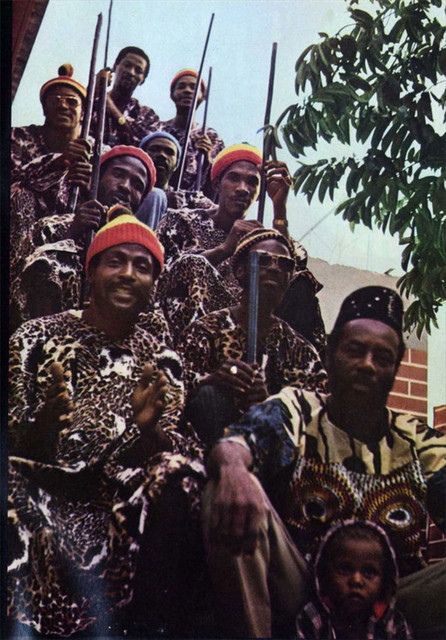Denmark’s Organ Dilemma – Abundant Instruments, Decreasing Organists
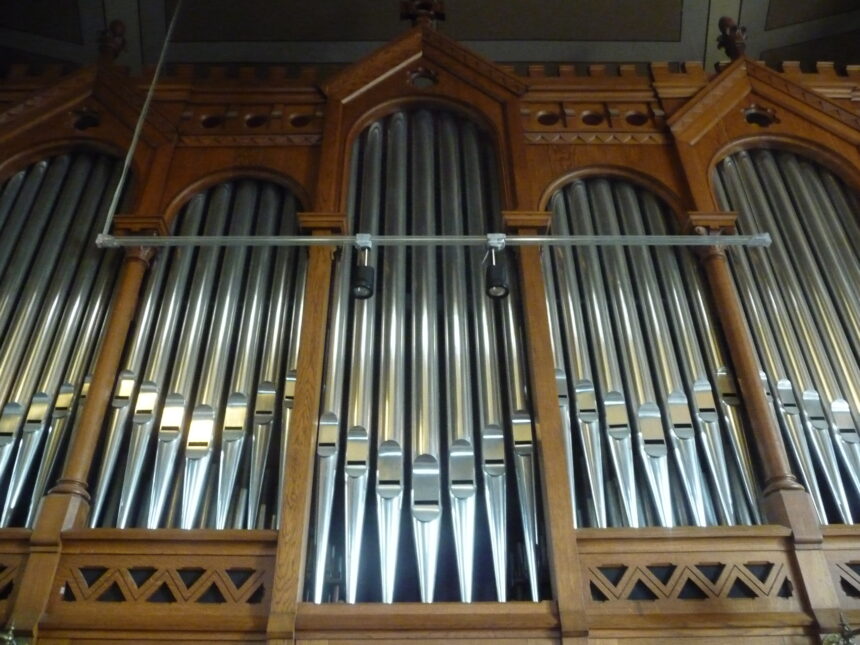
By Maite Cintron
Around Denmark you can find an awful lot of churches, remnants of a once much more religious past. As religion for many has lost its initial significance within Danish society, and more so in Copenhagen, many of these buildings have evolved and come to have new meanings within the city. For example, you can now enjoy Modern Art at Nikolaj Kunsthal or party at Absalon in Vesterbro. In a similar fashion, there is the Literature House which went from church to brothel to cultural space since it was built.
With much attention to detail, churches are designed with the aim of channeling a deep sense of spirituality for which much attention to detail is paid into the materiality of these spaces. Shiny ornaments, stained-glass windows, and high ceilings, are common elements aiding in creating a sense of there being something larger than you, and this too applies in their use and design of sound. They both signal the historic power of the church in gathering resources to create these spaces as well as the general wealth of Denmark, as most have their own church organ.
Where there is a church organ there is an organist but in recent years their numbers have been declining as many have begun to retire. Interested in learning more about the instrument and its possible new players, I reached out to people I heard about among my networks working with organs, each in their own ways. One is a professional church organist, two are young self-taught organists each of different styles, and the fourth a festival director and curator of contemporary church organ music and sound art. This article is the result of conversations with these four individuals within the span of a week where they each gave me insight on their work and experience with church organs.
In Costa Rica, where I originally come from, the sound design of a church can range anywhere from professional speakers for a church choir to having a single guitar player singing in front of and in unity with a crowd of people in a small room. Large cathedrals with church organs tend to be centered in larger cities, where the colonial legacies of the church would be cemented. The church still plays a large cultural role, and events such as Confirmation continue holding a high regard as an important ‘stepping stone’ for coming of age in society. In contrast, Confirmation seems more equivalent to a large party with gifts than the act of reaffirming your belief in God when talking about it with someone from Copenhagen.
However, 3/4 of Danes form part of the Danish church as members of Folkekirken, and whether they are aware of it or not, support through taxes the maintenance of churches across the country. This also includes the organs, designed specifically for each building, and some modified throughout time when restorations are needed. As I would come to discover through conversations with different people working with organs, many churches now have two or more organs.
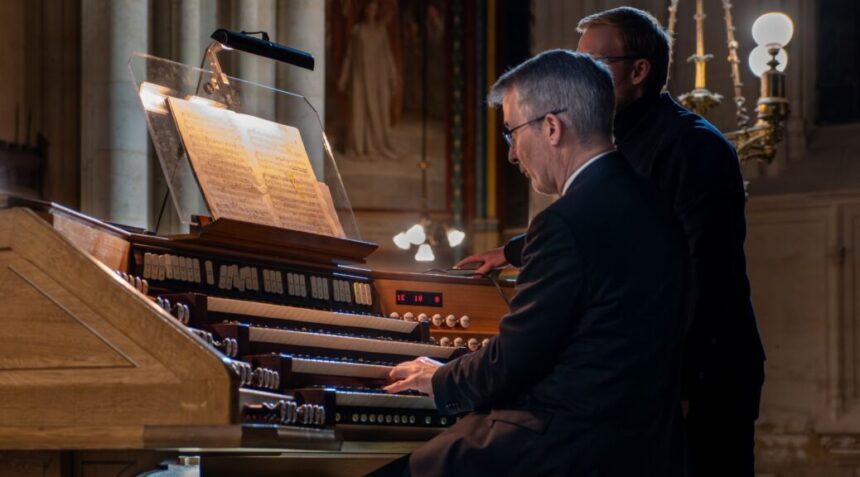
Great sound and big responsibilities
In order to learn more about church organs from an organist’s perspective, I reached out to Sven Verner Olsen, the organist of Valby’s Jesuskirken, who gladly invited me over for tea to chat. Sven began working as an organist at the age of twelve, and at 18 went to study at the Royal Music Conservatory. Since then, he worked as a full-time organist at Slagelse and Nykøbing F and now with Jesuskirken’s famous Cavaillé-Coll. This latter organ being the only one of its kind in Northern Europe, built in 1890 and made by a French organ builder of the same name. Sven has also played at other unique organs in Denmark including the Compenius Organ at Frederiksborg Castle, originally designed as an organ for the ballroom. As well as the largest organ in the country at Aarhus Cathedral. An organ that dates back to 1730 and was recently restored.
As technology has progressed, so have church organs through time. Initially, a church organ could not be played by an individual. A second person was needed for maintaining a constant air flow through the pipes, and an assistant for switching stops between and during songs. Now computers have been created to allow for presets accessible with a single push of a button. However, the Cavaillé-Coll has been maintained and restored to conserve its initial design, due to its historic importance. For this, Sven plays most of the concerts assisted by two of his students. To my excitement, Sven played different recordings of some of Denmark’s most famous organs from his CD collection.
“I find the most important part about teaching people to play the organ is that they learn how to play for the hymns… it’s very important that you are aware of how you play.” This is for several reasons, including the stark contrast in sound depending on where you are listening to the organ from, especially between where the organist and the audience sit. The organist, as highlighted by Sven, highly affects the way in which people engage with the space of a church and can make or break a mass while playing church organ, given the size of the instrument. Generally, as an organist in Folkekirken, you are in charge of everything that has to do with music at the church, whether the instruments inside, organizing the choir, or supervising concerts. In this way, the organist works as the curator and also gatekeeper to the space of the church in relation to the music that can become available within it.
“I feel like I’m crawling around in the church organ, finding out what it is and what it can do.”
Garcia Pauwels
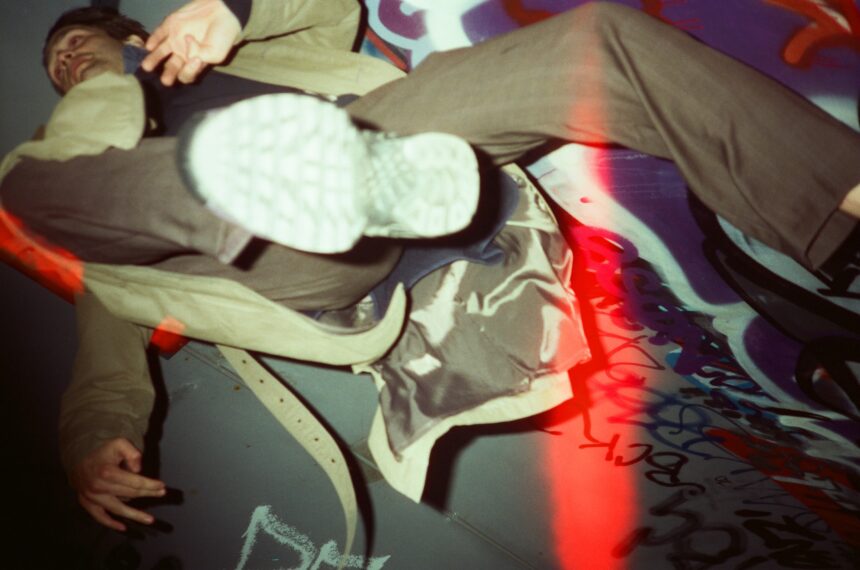
Intricate playgrounds
27-year-old musician, Garcia Harbo Pauwels, has gained access to two organs in the city, recently releasing the EP Mit Hemmelige Træ (My Secret Tree). Playing from his own personal experiences with mental health, his music shows a deep sense of understanding of how it feels to reach your highest and your lowest while keeping you in between. Self-taught, “I feel like I’m crawling around in the church organ, finding out what it is and what it can do.” His album was made at what he refers to as his ‘secret organ’ which inevitably intrigued me; how many organs could there be in the city, or even the country?
The answer is 2766, that are accounted for in Denmark. With all his secrets, Garcia is ironically greatly transparent about them. Mit Hemmelige Træ will entertain you with these ideas, because what is more thrilling than trying to find the truth? Like a secret door, his songs open up the space of surrounding his very real secret tree with his secret organ as the storyteller. Although I might never know where his secret organ is, I believe his EP brings it outside of its usual confinements, providing new answers to maybe new questions. Who are organs switching hands and feet to, and what could that mean?
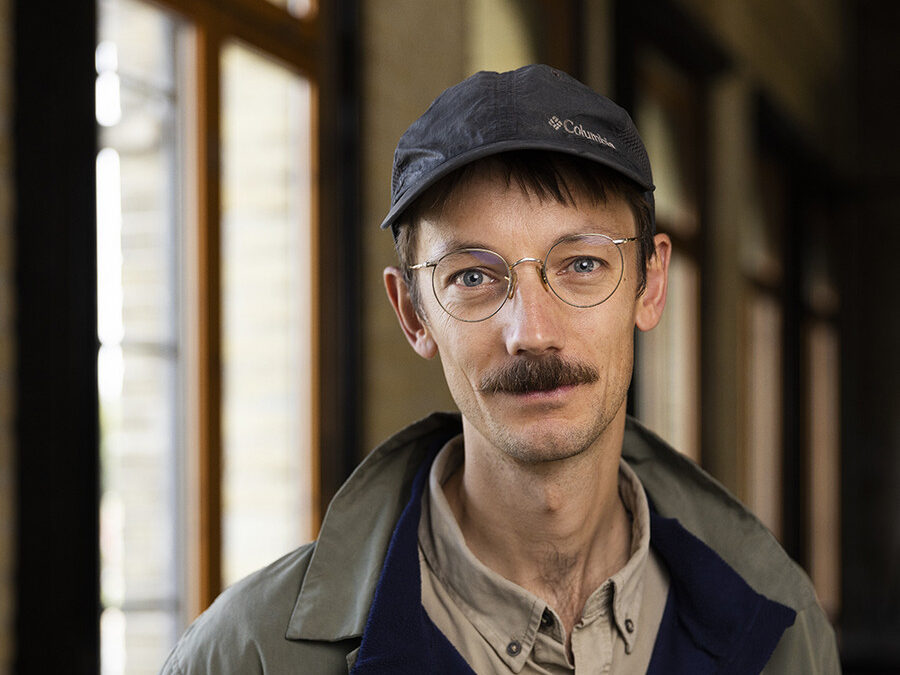
Deconstructing the organ
The next morning I met for coffee with Jan Høgh Stricker who together with Björn Ross has curated the last six editions of the Organ Sound Art Festival. The festival takes place in December and is volunteer-run at Koncertkirken, one of the ‘unchurched’ churches in Nørrebro. When scaled down, an organ can be understood as pressurized air that produces notes through any types of pipes of any sort of material. This is highly explored in their festival hosting the likes of Sara Davachi, Ellen Arkbro and Yosuke Fujita, also known as FUJI|||||||||||TA.
Jan also made the podcast I Mit Orgels Hus, where he discussed contemporary organ music. “The organ is a really old musical instrument. In the 3rd century BC in Greece they had hydraulic organs or water organs which applied the same mechanical technology. The tradition of the instrument is then more than 2000 years old, but became part of the Christian liturgy around 900 CE”. Organs have also had different contexts outside of the church, such as in American ice hockey arenas where “you for many years always had an organ accompanying the hockey matches” and you could also previously find them in cinema’s playing alongside silent films. Still, the instrument remains culturally synonymous to the church, and this sacrality lingers even in its most experimental uses.
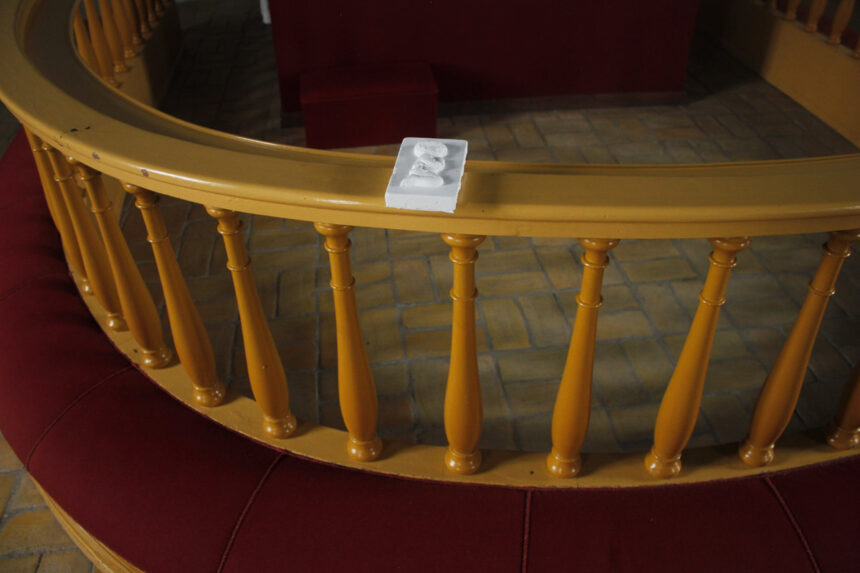
Similarly, local young organist Vio Rossi, a.k.a. Doctor Organ, is also experimenting around church organs in Copenhagen and Malmö. I invited them over to talk about their work with myself and Garcia both being the only two organists I knew below 30 who similarly, are self-taught organists. In their EP Pop Songs For a Prayer they play around with famous pop tracks such as Better Off Alone, reinterpreting it to an almost unrecognizable degree until the well known melody suddenly appears. Utilizing the church organ almost as a synthesizer, they turn pop into a spiritual journey creating a beatiful sense of teenage blues in their work.
From talking to Vio, Garcia, Sven and Jan, the beauty and dynamicity of organs was made aware to me, as each approaches the instrument with their own twist. Whether you play classical, experimental music or help build new types of organs, the instrument’s breathy tone creates an emotional space full of drama that shakes you to the core. Each organ is inherently different, forcing you to pay attention to its many details as you play to discover its many possibilities.
After centuries of organs being so strongly connected to the church, it is difficult to speak of one without the other. However, whether you are religious or not, there is the chance in Denmark to engage with these instruments in new ways as churches continue to evolve. The recent generational turnover of organists I believe is providing new possibilities for people to engage with these instruments and in turn, with Danish churches. To some it might seem troubling, but I find it an exciting twist for both music and city spaces to see where our new generation of organists can take us.

